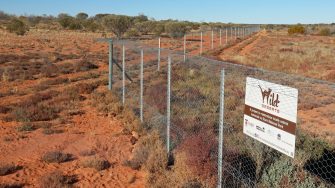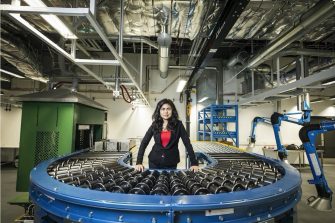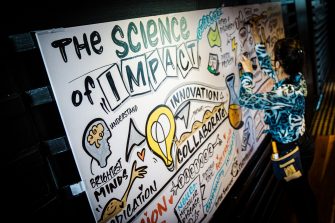Wild Deserts: From extinction to flourishing
In partnership with NSW National Parks and Wildlife Service, ecologists Dr Bec West and Dr Reece Pedler work on the ground with the Wild Deserts initiative, which aims to restore Sturt National Park’s desert ecosystem.




